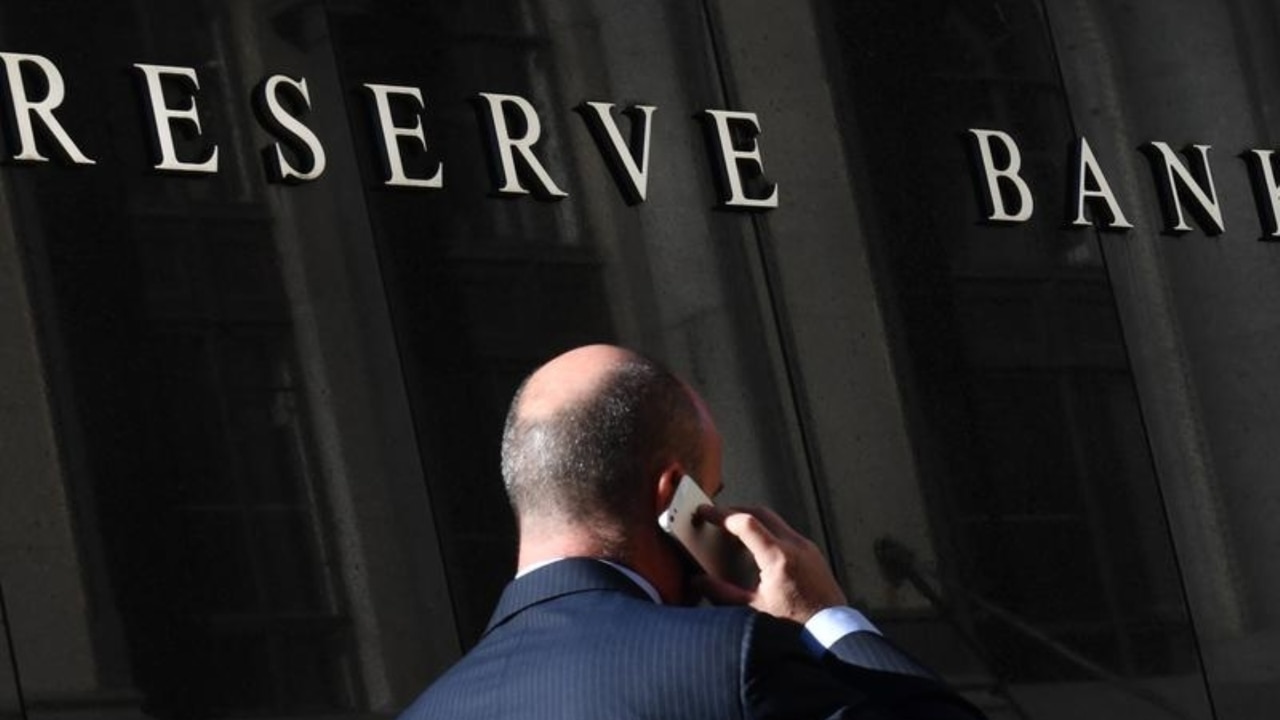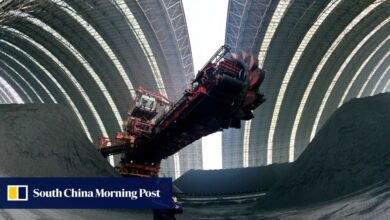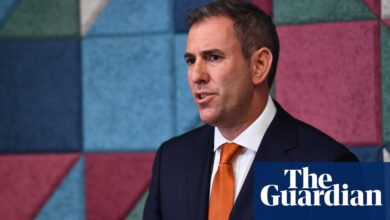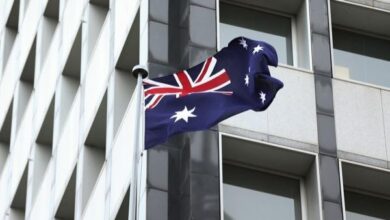Analyst warns stronger than expected Australian economy causing ‘headache’ for the RBA, casts doubt on end of year rate cut

Rabobank Senior Macro Strategist Ben Picton has warned the continued strength of Australia’s economy is causing a “headache” for the Reserve Bank as it tries to bring inflation back under control.
Speaking to Sky News Australia’s Business Now on Wednesday, Mr Picton highlighted what he described as “shock” inflation data released by the Australian Bureau of Statistics to suggest households may still face a significant wait for any interest rate cut.
While annual inflation fell from 4.1 per cent to 3.6 per cent in the last two quarters, the quarterly rise of one per cent in the three months to March came in higher than economists had predicted with core-inflation, the RBA’s preferred measure, also coming in stronger than expected.
“I think today’s number was a bit of a shocker really,” Mr Picton explained.

“It came in at one per cent quarter-on-quarter, the market was expecting point eight, and if we look at what that means for the RBA’s projections they’re expecting inflation to be 3.3 per cent in June. A little bit different to what the Treasurer was saying.
“In order for them to get there, that means that the second quarter inflation figure has to be no higher than 0.5 per cent, half of what it was in Q1. So it’s going to be pretty difficult for them to hit that target.”
According to the ABS, the stronger than expected figures were driven primarily by climbing rents and higher costs for education, suggesting lingering concerns about services inflation becoming sticky appear to be justified.
Annual rent inflation is currently running at 7.8 per cent, its fastest rate since 2009, despite increased government assistance, while Mr Picton cited higher teacher salaries delivered by the New South Wales government, and potential corresponding raises in independent schools, as reasons behind climbing education costs.
The analyst added that broader economic strength, including historically low unemployment and signs of recovery in the manufacturing sector, were compounding the RBA’s problems, suggesting the bank now faced a “headache” in trying to balance the return to its two to three per cent target for inflation.
Following Wednesday’s data release, many economists are also revisiting their forecasts for when struggling households will see relief in the shape of a first interest rate cut.

Mr Picton explained he had always been hawkish on the timing of a potential reduction in rates, but that the new figures meant he would need to “review” the potential for a cut later this year.
“We were expecting a rate cut in November of this year and then just one more rate cut following that early next year,” he explained.
“I think after today’s inflation numbers showing that the RBA is at risk of deviating from their forecast path for inflation we maybe do have to review those numbers and see where we think things are going to land for the cash rate.”
The looming increase in household disposable incomes as a result of the stage three tax cuts, along with rising house prices and growth in real wages meant it was possible the RBA may even have “more to do”, the analyst added, although he noted the bank had made clear the chance of any rate rise was “equally balanced” to that of a rate cut.
The RBA will meet again on May 7, but some economists now believe that even if the bank elects to leave rates on hold it will almost certainly be forced to upgrade its inflation outlook for the near-term.
Such an announcement would add further pressure on Treasurer Jim Chalmers, who is preparing to hand down the Budget next month, to take more heat out of the economy in order to prevent a rebound in prices.
However, speaking at the Committee for Economic Development of Australia last month, Mr Chalmers appeared to signal the government was preparing to shift toward driving growth in the economy, highlighting a number of areas in which they would seek to invest.
That prompted some experts to warn of a greater “risk” to inflation should prices show continued signs of resilience, with independent economist Chris Richardson noting it was not the role of the Treasurer to determine when Australia moves from fighting inflation to pursuing growth.
“It’s actually the job of the Reserve Bank,” he said.





